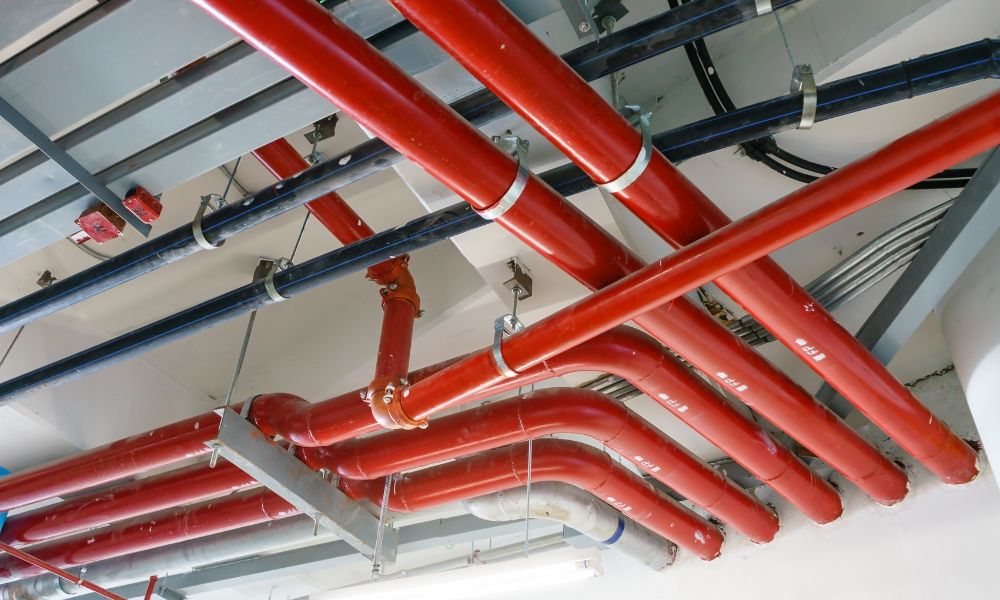
 business
business 
Whether you’re an engineer or simply someone interested in the mechanics of industrial and residential infrastructure, understanding the parts that make up a piping system is important. This knowledge can provide you with invaluable insight into how they work and contribute to the operation and success of a broad range of sectors. Read on to learn about the five components of a piping system that you should know.
Pipes will undergo expansions and contractions due to temperature changes, and expansion joints play a crucial role in accommodating these movements. Without them, pipes could buckle or rupture under thermal stress.
They act like shock absorbers, providing flexibility and longevity to the piping system. Expansion joints are particularly important in long piping runs and systems that experience significant temperature fluctuations.
Supports
Another component of a piping system that you should know is a support. Throughout its life, a piping system carries the weight of the pipes and the fluid they contain, which is where supports can be a great help.
The supports prevent sagging and stress on the system, ensuring pipes remain in their proper position. The type of support you use depends on the piping system’s layout, the loads involved, and the physical environment in which the system operates.
When learning the essential parts of a piping system, you should also be aware of pipe guides. One of the reasons why pipe guides are important is that they prevent the pipes from moving in ways that could cause harm. This helps maintain their integrity and keeps your operation productive instead of experiencing slowdowns.
You can have more control over your piping system by applying valves. They regulate, direct, or stop the flow of fluid within your pipes.
Valves come in numerous types, including but not limited to gate, globe, check, ball, and butterfly valves, each designed for specific functions and operational conditions. The selection of valves is critical for operational efficiency, safety, and maintenance of the system.
Gaskets ensure the leak-proof sealing of flanged joints in piping systems. Their location between mating surfaces allows them to prevent the escape of fluids. However, it’s best to choose your gaskets based on the type of fluid, temperature, pressure, and corrosive characteristics of your system.
Having a solid grasp of these five components will help you better understand the design, operation, and maintenance of piping systems. Knowing their functions and proper applications helps ensure the system’s efficiency and reliability, as well as its safety and longevity.
24World Media does not take any responsibility of the information you see on this page. The content this page contains is from independent third-party content provider. If you have any concerns regarding the content, please free to write us here: contact@24worldmedia.com